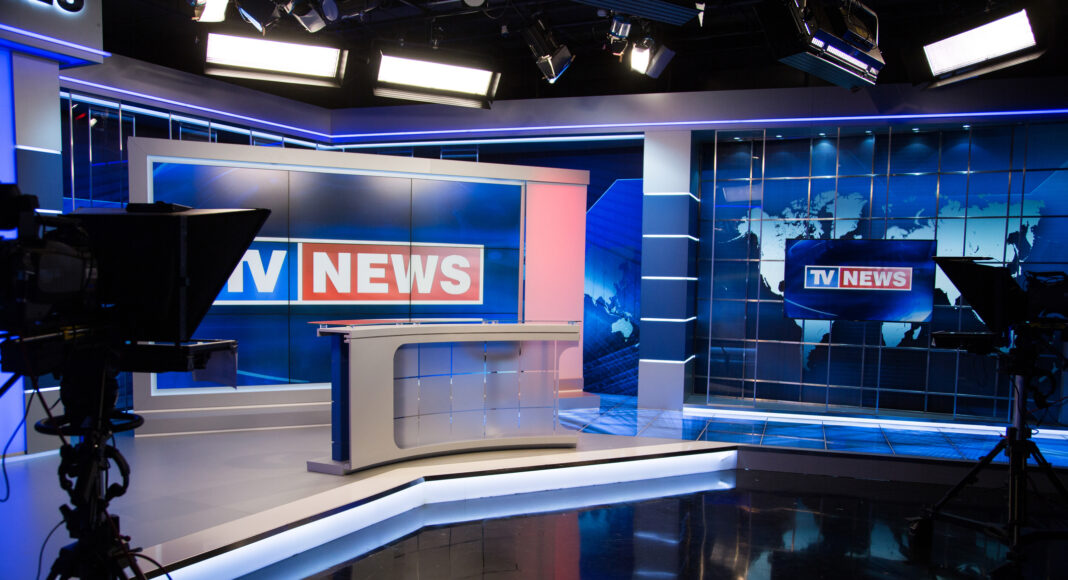In The Spectacle of Expertise: Why Financial Analysts Perform in the Media, Alex Preda explores how financial analysts produce their advice and convince audiences of their expertise. What follows is an excerpt from his books
In the ensuing conversation, the analysts repeatedly utter apologies for not having clarified enough previous statements. They make even longer interventions. They introduce and define new terms, such as “capital flows.” They make reference to empirical evidence regarding such flows from mainland China, the number of available properties in Hong Kong, and government housing policies. All this without intervention from the anchor, who repeatedly summarizes only the divergent points of view, as in the following instance:
Anchor (after two long interventions from each analyst, following the interventions reproduced in the previous excerpt): Let me summarize what’s been said so far. I think both [Analyst 1] and [Analyst 2] have touched upon how there are various influential factors on demand and supply. But both also had very different perspectives. [Analyst 1] talked about monetary capital, unfinished properties, physical supply, and the fact that there is no such thing as rigid/inelastic demand. Whereas [Analyst 2] made it clear that potential purchasing power equates to a positive property market, which allows for this potential to be released.
This summary, whether accurate or not, allows the analysts to subsequently talk about their disagreements on capital flows from mainland China, equilibrium between supply and demand, and the top end of the real estate market as factors impacting real estate prices. They bring up numbers as evidence for or against the influence of such factors. While the anchor tries to animate them (“Analyst 1 talked about . . . Whereas Analyst 2 made it clear that . . .”), the analysts are quick to regain footing. It is only from this moment on that a relationship between expert talk and financial realities can be investigated, not as a given but as an issue both analysts grapple with in their talk. As such, this relationship allows for disagreements and weighing the role of various factors (e.g., capital flows, local purchasing power)—in short, for uncertainties.
However, it was not easy to establish the conditions under which, at least in this case, expert public talk engages with the truth. It took considerable work for the parties to agree to and practice an engagement with each other and with the audience that allowed for uncertainties and disagreements. It took the analysts about fifteen minutes of negotiation before the show started to agree that they would search for the truth. It took a recounting of their history of rivalry and their oblique comments made against each other. It took a call by the anchor to the parties to speak the truth as a moral obligation. The analysts had to make an effort to align their talk around a set of issues that are the object of controversy between them. And it took their effort to nearly restrict the anchor from intermediating with summaries of previous turns (albeit temporarily) to regain their footing.
When it comes to expert talk in the media, engagement with the truth does not appear to be natural, easy, or automatically expected by the parties involved. At least in cases such as this one, it appears to be difficult requiring a summoning of moral obligations, negotiations, agreement, alignment, and direct engagement of the parties.
One argument that could be made in this case is that each party offered their own narrative; for instance, a narrative about capital flows, another about purchasing power, and yet another about inelastic demand, and so on. It would be difficult, if not impossible, to establish the truth about such narratives, as each is equally plausible, and each analyst would try to promote his own version of the story. “Narrative” in this case would mean a relatively coherent telling of a “causally related series of events” (Richardson 2000: 170), such as “Developers who do not finish buildings on time lead to a housing crisis,” or “Capital flowing into Hong Kong leads to very high real estate prices, which lead to a housing crisis.”
If that were the case, though, efforts to align talk would be superfluous, and so would summons to moral obligations. We would have seen a number of narratives being proffered by each party, and perhaps attempts to drown each other and talk past each other. However, this is not what we observe in this case. What we would call fresh talk—talk that is different from a pre- set narrative—depends on a common frame of reference. This frame is provided by models, miniworlds produced within the game of finance, according to the rules of that game. This mini- world includes, among other elements, supply and demand, elasticity, equilibrium, capital flows, and markets. It includes numbers with the help of which each element of the miniworld can be evaluated. Each analyst takes a particular evaluative position, one that can be acknowledged or contested by the other. If there is a search for plausibility in this debate, it is conducted according to specific rules, which took some effort to negotiate. The narratives proffered are not random. They are not simply about a past chain of events but can be projected into the future. Such projections, in their turn, require recourse to the properties of the miniworld in question, which raises the question whether engagement with the truth is about a particular narrative or something else. In other words, what is at stake here? The truth of one narrative versus another, or the truth of something bigger?
Excerpted from The Spectacle of Expertise: Why Financial Analysts Perform in the Media by Alex Preda. Copyright (c) 2023 Columbia University Press. Used by arrangement with the Publisher. All rights reserved.
The views expressed in this book excerpt represent solely the opinions of the authors and do not necessarily reflect those of the University of Chicago, the Booth School of Business, or its faculty.






